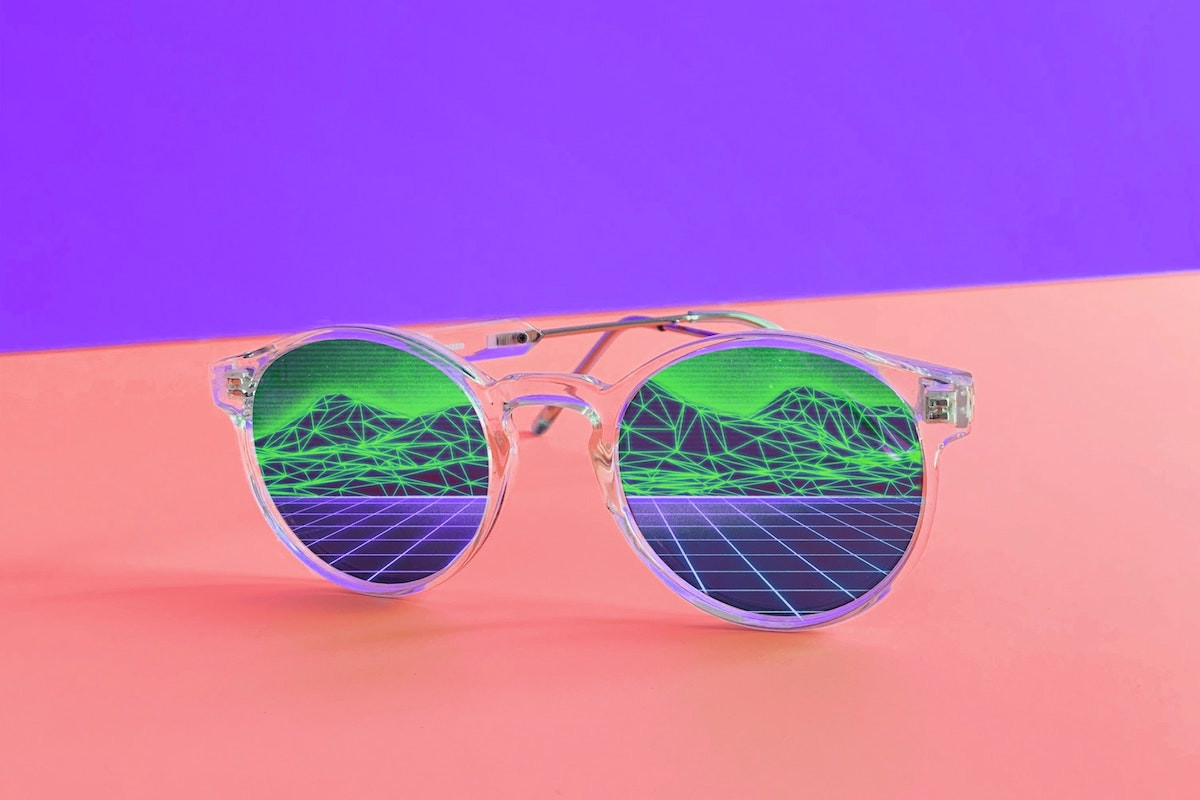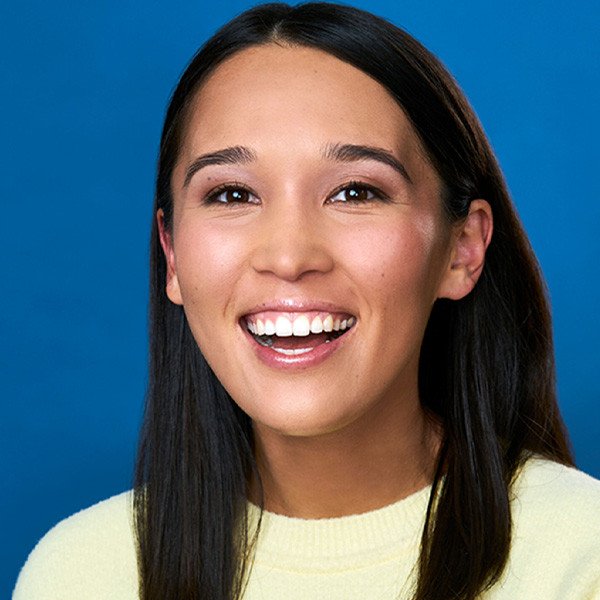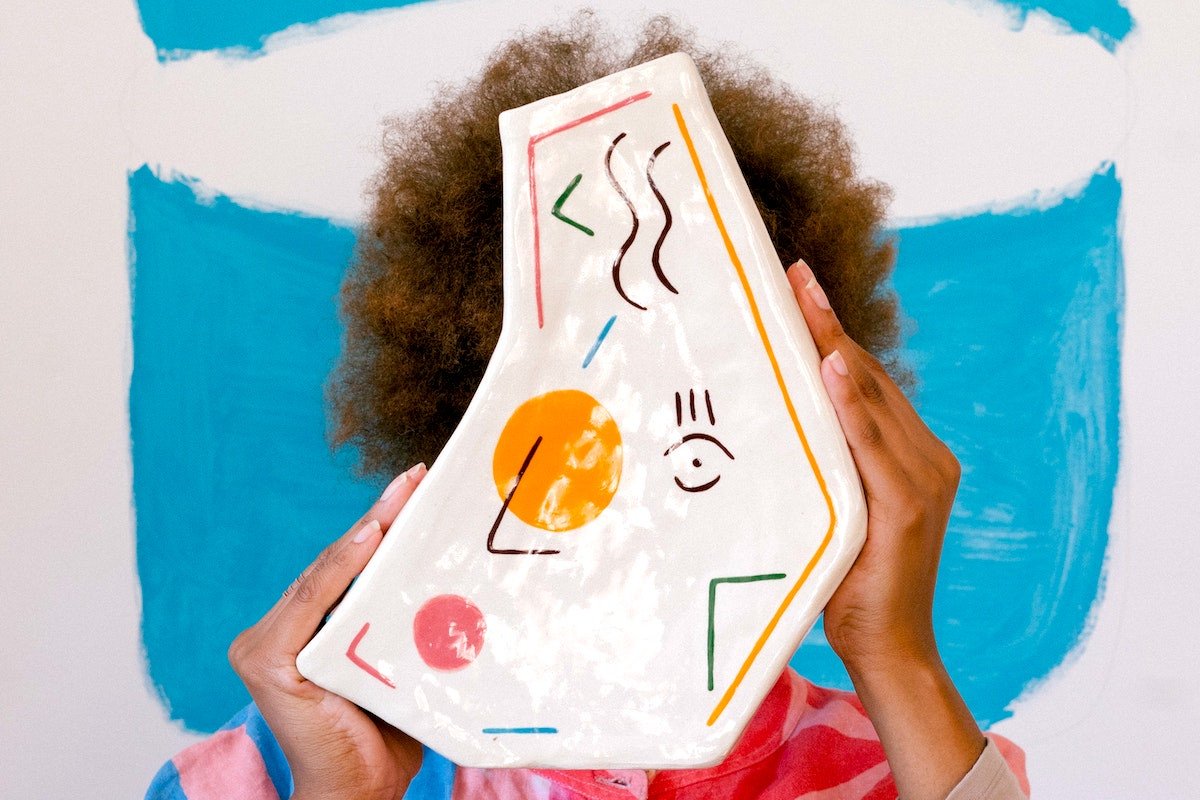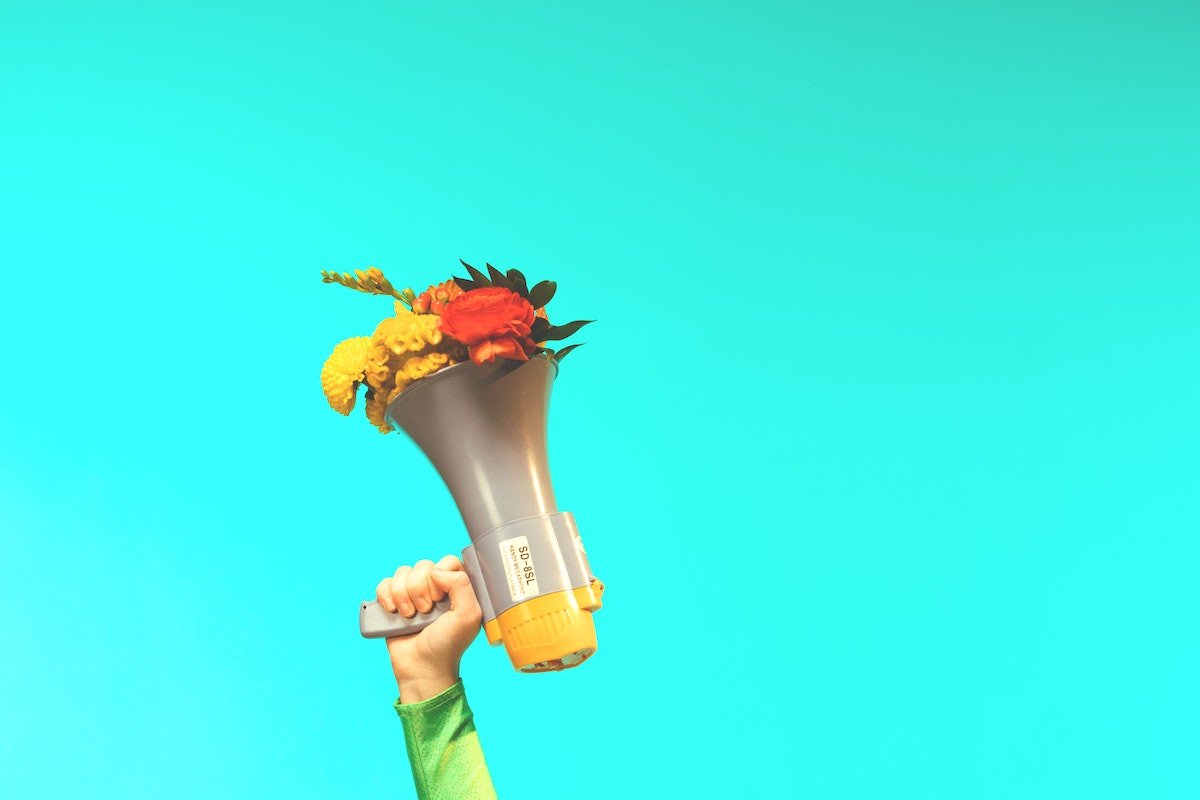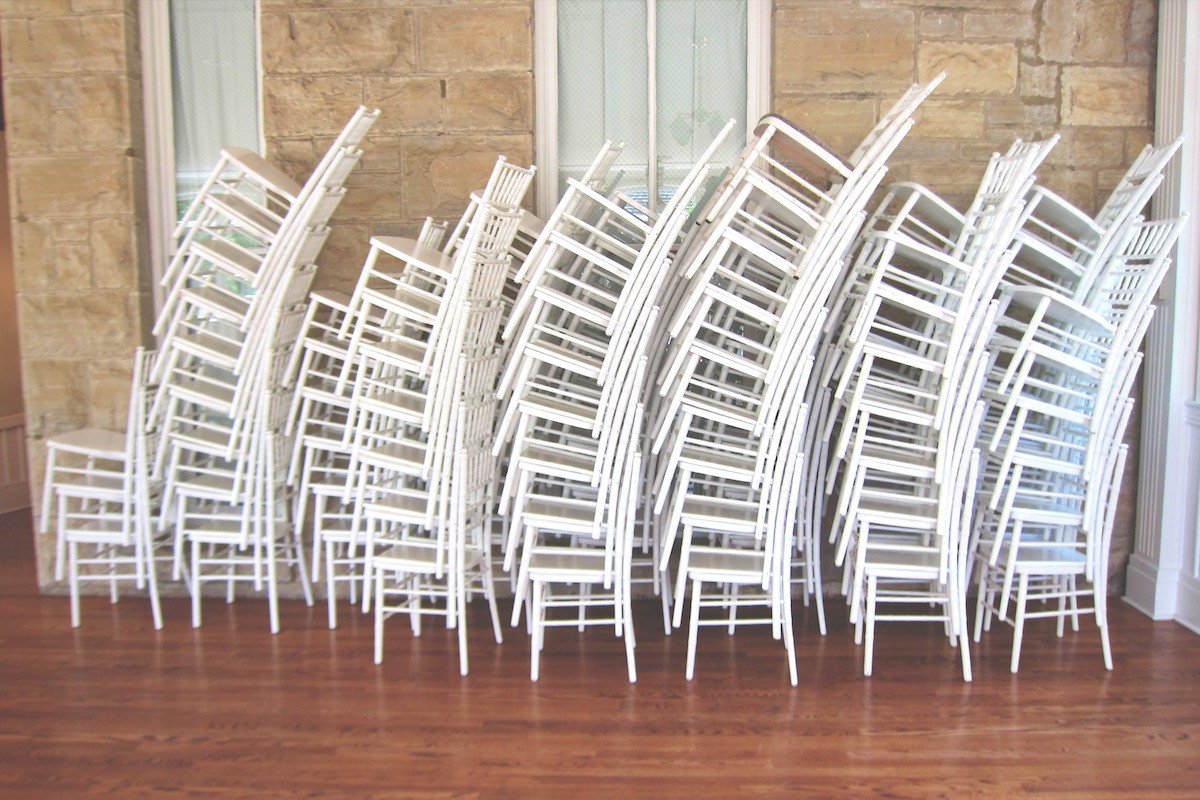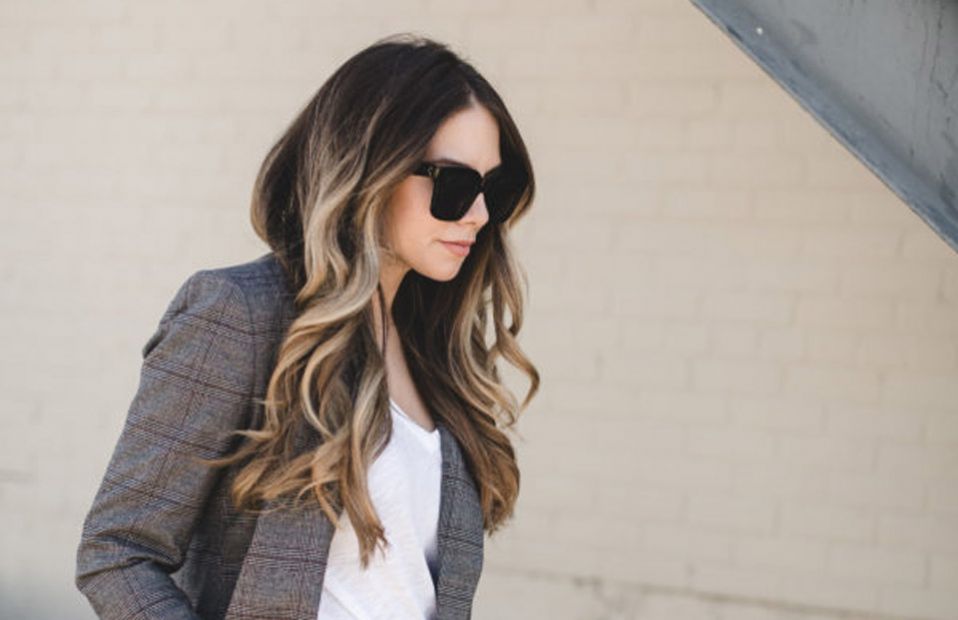You’ve probably heard “Creative Director” as a job title, but do you know what the job actually entails?
Creative director jobs can look like a lot of things, and that's because creativity can look like a lot of different things.
We chatted with three creative directors (two in-house and one freelance) in order to round up the best tips on how to become a creative director, including the critical skills to thrive in this role, where to find creative director jobs, creative director salaries, and so much more.
What Is a Creative Director?
The truth is, the role of a creative director encompasses a lot.
According to Katie Snider, VP of Creative and Web Cloud Marketing at Salesforce, the heart of the creative director job is to "guide creative functions in order to deliver great work." This "work" could look like campaign assets, brand work, photography, copywriting, or even packaging design. The goal of creative directors is to align all creative aspects of a project to a business or strategic mean.
In addition to being a maker, a creative director is a leader and manager of a creative team. This team typically comprises several creative roles like art director, copywriter, post-production editor, and other creative specialists.
Creative directors are also
strong communicators that play translators between creatives and business owners in order to build a common language between stakeholders.
In short, creative directors set the creative vision for a company while bringing together ideas, people, and unique creative insights into clear and easy-to-understand concepts.
What Does a Creative Director Do?
A typical day in the life of a creative director can vary.
There are three common work environments for a creative director. They are: working in-house at a brand, working at an advertising agency (where you serve various clients), or working for yourself as a freelancer.
Working in-house at brand or within an agency typically means that there are more resources available for a creative director. Most likely each day won't look the same but will be comprised of several meetings. That's because working in-house as a creative director means that you'll be in charge of supporting multiple business units and departments from a creative perspective.
At the core, a creative director is in charge of coming up with creative ways to solve various business problems. This results in collaborating with other departments in order to align on a project based on a creative brief.
Common Creative Director Tasks and Responsibilities:
- Checking in on the progress of work
- Giving constructive feedback
- Meeting with business partners to understand their goals
- Seeking out opportunities for new creative projects
- Mentoring a creative team
- Pitching new work to propel the business forward in a clear and engaging way
- Resourcing external talent or specialists needed for a particular project
Creative directors sweat all the details of design and ensure that the brand personality is conveyed consistently across various outlets. Some examples might include figuring out the look and feel of a TV commercial, managing an email campaign so that it feels consistent with a brand guideline, or brainstorming new campaigns for social media or live in-person events.
As a freelance creative director, your day may look a bit different. Since freelance creative directors are typically hired by the day, you'll most likely be on call for a client for the span of a project. A project can last a day, weeks, months, or even years.
Beyond the typical tasks such as overseeing brand guidelines and design details like color and typography, a freelance creative director is also tasked with managing client expectations. They are expected to jump into a role and bridge a gap between business stakeholders and creatives.
Freelance creative design is a great option for artists and specialists who want more flexibility and time to pursue other interests and independent creative endeavors.
What Skills Do Creative Directors Need to Succeed?
There are two common paths for creative direction: writing and design. The basic technical requirement for either field is knowing your way around a computer. Tech savviness and staying up to date with technological tools and software is key to success as a creative director. Consistently growing your technological know-how is essential.
- Adobe Creative Suite (Illustrator, Photoshop, Premiere, etc.)
- Figma
- Color theory
- Typography
- Design principles
- Miro
- Sketch
- Photography
- Art direction
While you may not be doing the hands-on creative work as a director, it's still important to have strong craft acumen in order to make it easier to manage a team, approve work, and communicate with your team to set a creative vision with realistic expectations for completing goals.
Having a working knowledge of tools and an understanding of technical expertise will allow you to guide work and understand limitations.
In addition to hard and technical skills, numerous
soft skills are crucial to have to be a successful creative director.
Decisiveness
The first crucial soft skill is decisiveness. Second-guessing your own creative instincts will make everything else way more difficult. Having confidence in your opinions, taste, and the knowledge that you know what makes something good is important when managing a creative team.
Decisiveness is particularly crucial in this role because, more often than not, creative directors have to be able to defend every creative choice they make. Typically, they're communicating with business stakeholders that may not be attuned to creative vernacular or trends. Being decisive is also crucial when providing guidance to a team. Teams can get stuck if a creative director can't forge a clear path forward due to indecision. Hence, the ability to generate clear action items for a team is crucial.
Creative Problem-Solving
The second important soft skill is creative problem-solving. Creative direction may seem like it's all about being innovative, artistic, and developing unique ideas. However, this creativity is meaningless if it doesn't serve as a solution to a business problem. Being a conceptual thinker is key. Creative directors must have the ability to analyze hypothetical situations and abstract ideas in order to formulate new insights and solutions.
Communication
The third important soft skill is
communication. Strong written and verbal communication is what sets apart a maker from someone who can grow into a creative director role. Communication skills come in handy during presentations, while translating creative ideas into digestible terms, and during moments in which you have to convince non-creatives why an idea is right. Communication is also important for giving constructive feedback in order to progress a project.
With strong communication skills come strong organization and
project management skills. There's a lot of administrative work that comes with being a creative director—making sure deadlines are met, budgeting, and scheduling meetings, to name a few.
Empathy
As leaders, creative directors must also know how to lead with
empathy. Creative directors manage a team of creative people who tend to be a sensitive bunch. It's vulnerable to put ideas out into the world and share ideas that may not work. Part of being a professional creative is being willing to take creative risks and feel comfortable with failure. Leading from a place of vulnerability will result in a creative environment where team members are comfortable with taking risks.
Resilience
And our final soft skill is resiliency. Whether in-house or freelance, creative directors deal with a lot of people, ideas, and data points. Strong resiliency helps creative directors deal with the ambiguity and disparate thoughts that may come up during early stages of brainstorming a project.
The ability to remain calm and synthesize creative ideas into clear and meaningful messaging is key to having success as a creative director later down the line of the project. Speaking of success...
What Does Success Look Like for a Creative Director?
It's important to have a metric for
creative success when working within a business. While creativity is not easily quantifiable, there are several other metrics that one can take into consideration within a creative role.
At the end of the day, any creative project has to support a business's goals. One way of setting metrics is to rely on other departments' metrics of success. For example, a creative director may be working in support of a marketing department that has its own metrics of growth, like the number of people driven to a website or product.
Micro Success for a Creative Director
On a micro, day-to-day level, success can be measured by task completion. Is your team completing tasks on a to-do list that is moving a project in the right direction? Completion of a design, writing catchy copy, or wrapping on a film shoot can all be markers of success.
Macro Success for a Creative Director
On a macro level, success may look like consistent, strong
trusted partnerships with different stakeholders. It could also look like having a team that is healthy, happy, and working on meaningful projects.
Tactically, success could always be measured by looking back at a creative brief and comparing whether a project met certain KPIs and qualifiers.
Award Opportunities for Creative Directors
Within the advertising world, success is often externally validated by creative awards. From an agency or freelance perspective, awards can be used as a metric when pitching your work to new clients.
Creative awards can be given for all sorts of things, like interesting and
innovative storytelling, creative packaging, or even having an overall effective advertising strategy. While external metrics are a bit of a double-edged sword, consistently being awarded can act as a calling card for an agency. It may be the thing that motivates people to hire you.
How to Become a Creative Director in 5 Steps
There is not one singular path to becoming a creative director. However, here's a general guide to get you going in the right direction.
1. Creative Education
Getting an undergraduate degree is a great place to start. A bachelor's degree in writing, graphic design, marketing, business, or communication will be useful when launching a professional creative career.
Having an advanced master's degree in specialties like fine arts, illustration, or advertising is not necessary but may help strengthen your resume as a candidate.
Formal creative education can look like a lot of different things. Nowadays, there's a plethora of information online via online courses, YouTube,
podcasts, and more.
Skillshare, MasterClass, and
Career Contessa online courses are a few great resources. And, hey, don't rule out going to the library and checking out books on creativity and leadership. Immerse yourself with all of the free and inexpensive resources accessible to you (like this
podcast episode).
2. Know Your Passions and Interests
If you're trying to transition into the creative field from another industry, our advice is to start where your interest or passion lies. What is the nugget of truth that makes you want to go in a creative direction? Is it copy or design? Understand the craft of that subject and build a portfolio around that.
Demonstrate that you understand design or copy logic and show how you have the right abilities to do the work. The key to gaining creative experience in a current "non-creative" role is to remain humble and look at everything as an opportunity. Can you assist someone with the design of a PowerPoint? Does your boss need help putting together a deck?
3. Your Creative Portfolio
Speaking of
portfolios, one of the most important pieces to add to your toolkit is having an exceptional body of work. There are numerous portfolio programs that don't necessarily result in a degree but do provide you with all the necessary skills needed to think conceptually as a creative. Consider enrolling in a portfolio school—a concentrated program that typically lasts two years. Portfolio programs helps you get your advertising portfolio together without formally working.
4. Creative Entry-Level Positions
After education, search for entry-level jobs and internship positions in relevant industries like film, web, or events. Look for titles such as junior creative, junior graphic designer, copywriter, associate art director. We recommend choosing a lane like art direction or copywriting and progressing from there.
According to our experts, it's common to have a lot of different jobs in a lot of different companies within the first five years of this career, so don't be intimidated by change! As a creative, there's also more potential to get laid off. That's due to the fact that clients leaving an agency can have a deep impact on number of creatives needed to be retained.
5. Mid-Level Roles That Lead to Creative Director Roles
Mid-level roles that may lead to a creative director include: senior copywriter, associate creative director, head designer.
From there, you can progress your career into more senior roles like creative director. Past the creative director position, you may see titles like head of creative, VP of creative, or executive creative director. This is where you want to make sure to have honed your leadership skills. Think about past bosses and managers. Reflect on what aspects of their leadership styles you liked or disliked the most. Enroll in online courses (like
Career Contessa's New Manager Manual) that focus on cultivating the management skills.
Becoming a freelance creative director may also be the next step after accumulating years of experience as an in-house creative director. As a creative director, you really need to have the experience of doing all of the entry-level and mid-level jobs for a number of years before stepping into an independent position.
How to Find Creative Director Jobs
Finding creative work is not as simple as googling one word. That's mainly due to the fact that there is a lack of title parity in different companies and industries. In order to find the right creative jobs, start by understanding keywords in the job descriptions.
Review
job descriptions and understand the language that's being used. See if you have experience that relates to the job description, and then tailor your resume to use the same language. If you need help with learning how to read a job posting, we recommend
checking out this free resource.
Furthermore, make sure that your
online presence and website are up to date. Your website is the perfect place to showcase that important
portfolio that we talked about earlier. Websites like Indeed, WorkingNotWorking, LinkedIn, and Glassdoor all have listings for creatives.
One of the most effective ways of securing a job interview is through
networking. Think about creative professionals in your community. Can you think of past coworkers, alumni, or friends of friends that would be willing to have a coffee or
informational interview with you? Don't be afraid to connect directly with recruiters as well.
Creative Director Salary Potential
So we now know what education, training, and skills are needed for the role of creative director. Plus we know what kinds of highs and lows to expect, as well as how to measure success. But
how much does a creative director make?
Creative Director Salary Potential Comprises Of:
- Your location
- Your company (including size, industry, revenue)
- Your creative field
- Your experience level
Within an in-house role at a big brand or agency, the compensation would most likely be a combination of salary and stock. The annual salary for a creative director part of a mid to large-size company can range between $150K and $500K.
According to
Salary.com, the average salaries of creative directors can range from $117,988 and $163,879.
Freelance creative designers typically start at a day rate. Starting out this day rate could be $1,000 a day and with more experience that could look like $1,500-$2,000 a day. Alternatively, freelance directors can work out a flat fee per project.
